Enhancing Water Productivity in India: New tools and Technologies!
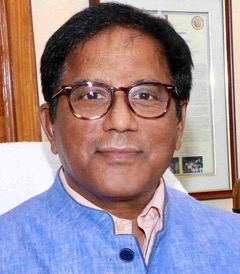
Kaluvai Yella Reddy, Vice President Hon of ICID, is the Dean (Faculty of Agril. Engg & Technology) of ANGR Agricultural University, Andhra Pradesh, India.
Water has the potential to become one of nature's infinite resources, but to ensure this for all the time to come, it is necessary to maintain, conserve and use this valuable resource very carefully in every sphere of life.
'Valuing Water' a key to Understanding its Importance!
Understanding the economic value of water (Dublin Principle 4) is very important to avoid wastage and misuse of water across all sectors and most importantly in agriculture. Currently, the water user/ farmer pays about 150 - 200 Rs [1] towards water charges for irrigating one acre of paddy (120 cm). If water is charged on a volumetric basis at 1 paisa a liter, it costs about Rs 1,20,000 for growing paddy in a one-hectare area (Rs 48,000 per acre).
By considering the present scarcity and the growing demands of domestic, industrial and other sectors, it is crucial to minimize wastage and save water in irrigation to allocate it to other sectors. One centimeter of water saved in a one-hectare area (equals 100,000 liters) under irrigation projects is worth Rs 5000 if that is to be supplied to other sectors @ 5 paisa a liter. Therefore, the ‘Water Credits’ concept can be introduced to transfer the benefit of Water-Saving to the farmers and organizations, who contribute to the saving of water.
On-Farm Water Management: Need of the Hour
Various studies have indicated that in irrigation projects, the maximum loss of water takes place at farm level during conveyance, distribution, and application due to inefficient methods and tools. Hence, it is very important to address this issue by empowering the stakeholders through capacity-building activities and placing proper infrastructure in place. Some of the items of importance are briefly presented below:
- Water Measurement
Accurate measurement of water at every level is necessary to manage it properly. In many schemes, the measurement is either absent or very poor. The engineers of the Irrigation Department should install special water measurement structures like RBC flumes as a standard procedure in all their new irrigation projects. The same applies to other modernization projects of existing schemes.
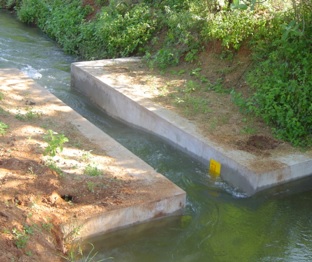
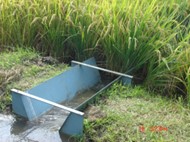
Fig. 1. Permanent and portable flumes for water measurement
- Matching Irrigation Demand and Canal Supply
The engineers of Irrigation Departments and officials of the Agriculture and Groundwater Departments should be offered training regularly on irrigation modernization, and crop irrigation requirements including effective rainfall contribution, water budgeting, the latest aspects of water measurement and regulation, participatory approaches in water management and women's participation in Agricultural Water Management (AWM).
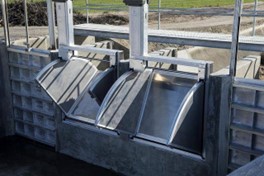

Fig.2. Training officials on demand-based water delivery - Use of Sensors and ICT
Continuous monitoring and measurement of weather parameters, soil moisture, and water depth and discharges are required for determining irrigation water requirements and delivering water to farms as per the crop water demand. The use of appropriate sensors and the application of Information and Communication Technologies (ICT )tools helps water managers or farmers to operate their systems in a scientific manner and properly deliver water to the fields. For example, the depth of water in the paddy field measured with the sensor fitted on top of Bowmen tube (Fig 3) reaches the farmer on his mobile phone via SMS at regular predetermined intervals. When the water level goes below the ground level by 2 to 5 cm, the farmer can go to the field and irrigate.
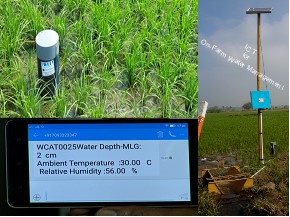
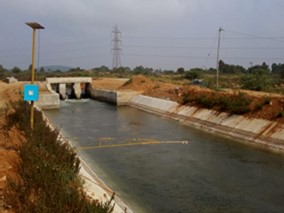
Fig. 3. Use of Sensors and ICT for Water Management - Promotion of Water-Saving Technologies
- Alternate Wetting and Drying (AWD)/ Rotational Irrigation
AWD method of irrigation is one where water is applied once all the water disappears and fine cracks appear on the surface of the paddy field. By practicing this method, about 30% of water can be saved in paddy crops. To produce one kg of rice it takes 3000 liters of water as the global average. In some of the irrigation projects, 4000-5000 liters of water is spent for the same kg of rice. With better water management practices a kg of rice is produced by the farmers with less than 2000 liters of water. Hence, there is huge scope to save water in paddy by promoting water-saving technologies.
- Micro Irrigation
India is leading the world by having the largest area under drip irrigation. Some of the state governments have successfully executed micro irrigation in a project mode, viz., Andhra Pradesh Micro Irrigation Project (APMIP 2003). Due to the success of these projects, some other states also have taken lead and made significant expansions. For example, the Karnataka state has commenced many lifts micro-irrigation projects on rivers Cauvery and Krishna. There is a need to promote Micro Irrigation in canal commands to the extent of 20% of each project area, to realize the largescale benefits of this technology for improving land and water productivity.
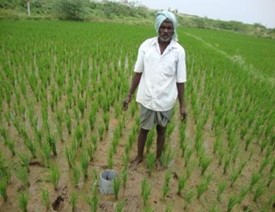
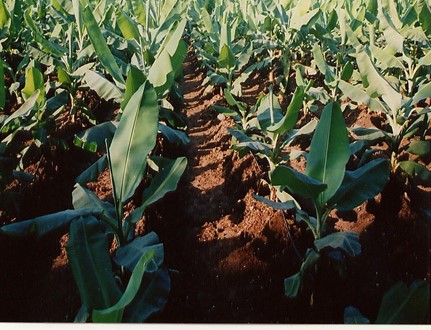
Fig. 4. Water Saving Production Technologies
- Alternate Wetting and Drying (AWD)/ Rotational Irrigation
- Education on Water at the School Level
Water education at the school level is necessary to create awareness on water among young children and youth as water is a fundamental requirement for everyone’s life. So, there is a necessity to have a detailed syllabus with practical components to ignite young minds to focus more on water and contribute to managing this important resource in every sector in the future. Because these children are our future citizens working in different sectors. The 'Water School' concept for educating the elderly and youth shall be useful.
 | 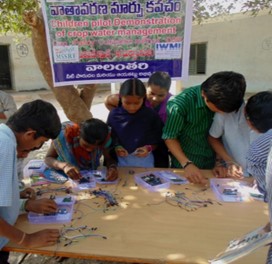 |
| Fig. 5. Training school children and youth on water measurement and management | |
The Way Forward
In Conclusion, from my point of view the measures that can help in achieving efficient management of limited water resources can be summarized as follow:
- Promote water-saving production technologies and advanced methods of irrigation like micro irrigation on large scale to reduce water use in the irrigation sector. The saved water can be transferred to rural areas to improve water security since access to safe water is the fundamental right of every citizen as guaranteed by the UN.
- In order to reduce water withdrawals for irrigation, upgrading of irrigation infrastructure through rehabilitation and modernization should be given priority.
- Water footprints, virtual water approaches, and the introduction of 'water credits' are necessary to realize the saving of water and to realize incentives for improved water use efficiency.
- Increasing water awareness through water schools and involving children and youth in water-related activities will bring sustainability to managing water resources.
“The postings on this site are my own and do not necessarily represent FAO’s views, positions, strategies or opinions.”
- Building Resilience (4)
- Capacity Building (2)
- Climate Change Adaptation (3)
- Data availability and analysis (1)
- Drainage Water Reuse (1)
- Governance of NCWR (1)
- Mediterranean (1)
- Monitoring and enforcement (1)
- Nature Based Solutions (1)
- Nature Based Solutions (NBS) (1)
- Non-Conventional Water Resources (2)
- Resilience and Climate Change Adaption (3)
- Sustainable Agriculture (2)
- Sustainable Land and Water Management (1)
- Wastewater reuse (1)
- Water Action (2)
- Water Adaptation (2)
- Water and Sanitation (2)
- Water for Peace (1)
- Water Governance (3)
- Water productivity (1)
- Water Productivity Tools and Analytics (3)
- Water Saving (1)
- Water Scarcity (3)
- Water Security (2)
- Water use efficiency (1)
- WEF nexus (1)
